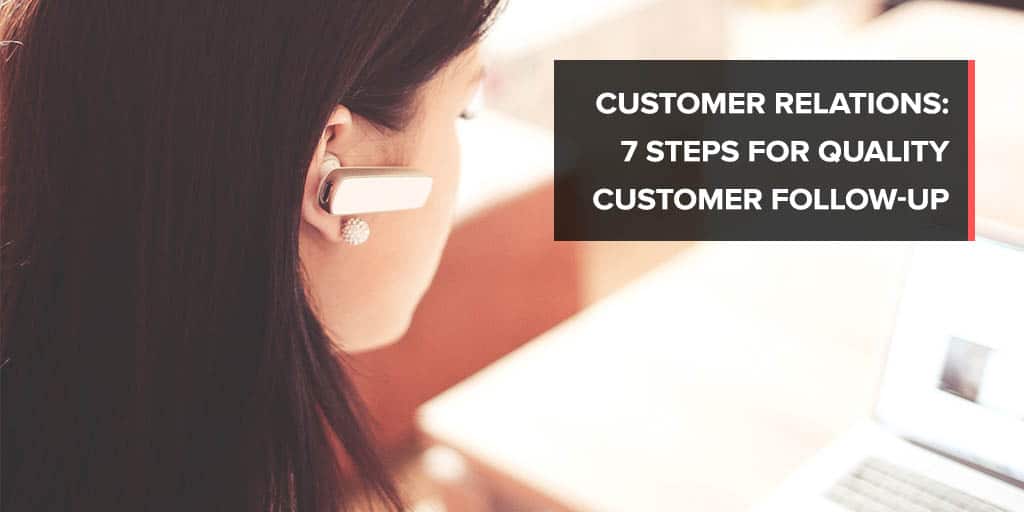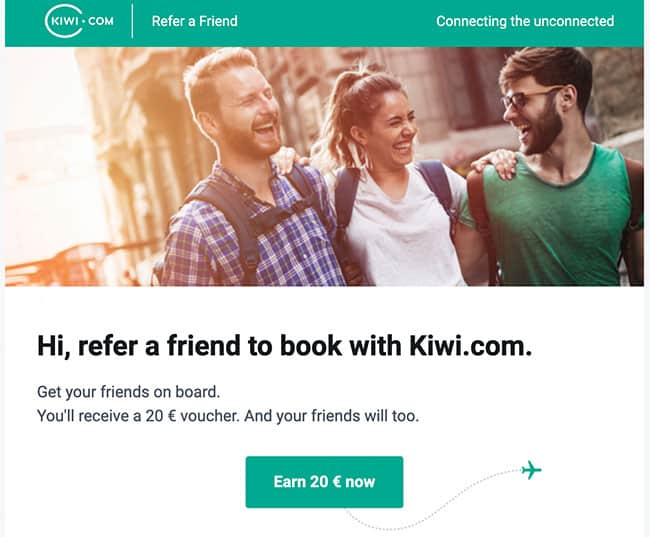Building a long-lasting relationship with customers is key for your business. One of the best ways to reach your customers is through follow-up (after-sales follow-up, follow-up of regular customers, etc.), thus increasing customer satisfaction. Here are 7 astute steps for after-sales follow-up that will help build customer loyalty and improve your chances of creating repeat...
Building a long-lasting relationship with customers is key for your business.
One of the best ways to reach your customers is through follow-up (after-sales follow-up, follow-up of regular customers, etc.), thus increasing customer satisfaction.
Here are 7 astute steps for after-sales follow-up that will help build customer loyalty and improve your chances of creating repeat purchases.
1- Be responsive and transparent with your customers
When making a purchase on the internet, consumers need to feel sure about their choice. They want the same advice as in store. You therefore need to be present for your customers as soon as they arrive on your website. And the best strategy to understand what they need is to know who they are.
Discover 15+ questions to ask your customers to know their needs and expectations.
For example, you could invite new visitors to complete a personality quiz. This allows you to get to know your future customers’ tastes and preferences better, and above all, to advise them about the products available on your website, according to what they like.
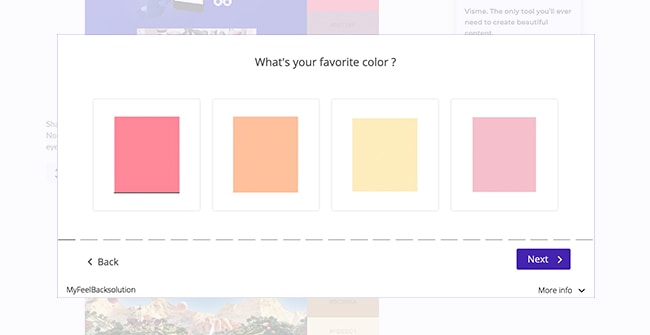
The customer experience is thus optimised, and the purchasing process facilitated.
Being responsive also means being present on several contact channels (email, SMS, chat, etc.) in order to be reached easily. And therefore, to be transparent. Your customer service needs to be accessible: phone number, email or physical contact address… Customers should be able to reach you easily so that you can answer their queries. This will promote trust in your brand.

2- Ensure omnichannel customer follow-up
Customers do not want to waste time when trying to reach customer service. They want a quick answer to their question. They may therefore use several different channels.
For example, a customer might order something from your internet site, use your mobile app to pay, and pick their order up in-store. They should not have to repeat their problem when asking for information. You must be able to respond on all customer journey channels, using their request history. Customers want omnichannel follow-up, with a smooth and consistent customer relationship across the different channels.
There are several available channels: telephone, email, chat, social media, mobile phones… You need to be present everywhere, at each key moment of the customer journey!
3- Ask for customer feedback to improve your relationship
Consumers always remember a company with high-quality customer service, so make sure that yours is top-level. Implement follow-up processes with the help of smart surveys.
This will allow you to instantly know if your customers are happy with your products and trigger automatic actions depending on their answers. For example, with MyFeelBack, you can set up alerts for detractors-customers and call them back immediately.
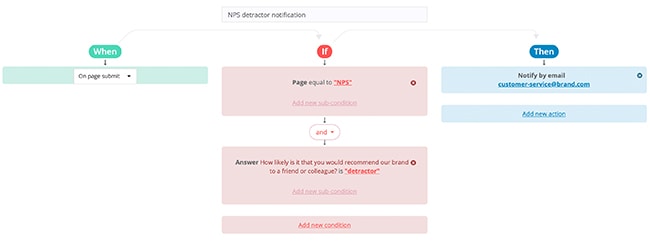
You should also ensure that your customer has safely received their order and provide them with information about their delivery. This sort of attention shows that you genuinely care about your customers and that their trust in your is of the utmost importance.
When following up, it is always a good idea to ask customers what they think about your products, available information, or quite simply if your website is easy to navigate. You could ask, for example, if your product descriptions are detailed enough.
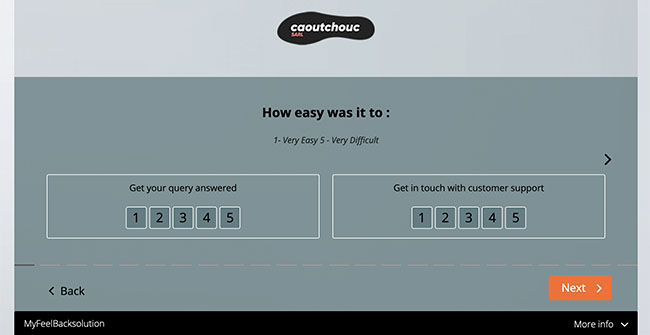
Customers feel valued when you take an interest in their opinion. Their commitment to your brand will most certainly increase. This is the first step to building a lasting relationship.
4- Maintain a personalised relationship with each customer
The best way to personalise your customer relationships is by getting to know them.
When interacting with your customers, make sure to remember their name and any previous exchanges. To do so, you must continually enrich your CRM.
Find out more: Why Marketers Need to Care About CRM Enrichment.
For example, you could refer to their last purchase and ask them questions about it. The customer should feel close to you, to your company.
5- Add value to your customer interactions
If your customer database is up-to-date, this kind of follow-up can be easily automated.
In B2C, sending emails for special events, showcasing a few relevant offers and discounts, is a good way to stay in touch. For example, if you know your customers’ birthday, send them a discount or a little gift. They will appreciate the gesture.
Similarly, in B2B if your sales team wants to establish a closer relationship with existing clients, they should provide added value to every interaction. This could be with information about new industry developments, an interesting article that corresponds to the client’s interests or a short presentation about your company’s new products or services.
6- Reward your customer ambassadors
Give your customers a special promotion or discount if they recommend your company to their friends and family. This follow-up will help to build a stable customer network based on loyalty and trust.
This email is an example of what you could offer customers once you have identified them as promoters for your product or brand.
You cannot reward your ambassadors if you don’t know who they are! Find out how to identify your brand ambassadors.
7- Measure customer satisfaction on an ongoing basis
Monitoring your satisfaction KPIs will be beneficial for the organisation and quality of your service. In this previous article, we took a closer look at the 7 KPIs to measure your performance in the best way.
With MyFeelBack, you can easily monitor your KPIs using decision-making Dashboards. Each decision-making Dashboard is composed of customised indicators, fed by customer feedback from smart surveys. The results are shared amongst all the organisation’s employees. This places the customer’s voice at the heart of the company and allows all departments to be informed in real-time!
Monitoring service quality will increase your customer knowledge by helping you identify your customer relationship flaws and qualities. Most importantly, you will be able to easily adapt to your customer’s needs and provide them a highly efficient service!
Follow-up via customer satisfaction measurement should begin from the first contact with your brand. After a purchase, there should be regular follow-up to ensure that the customer feels that the relationship is important to you.
Customer follow-up is easy, costs a fraction of your time and has proved to be essential when building useful and lasting relationships. The time has come to equip yourself with the right tools to achieve this.







